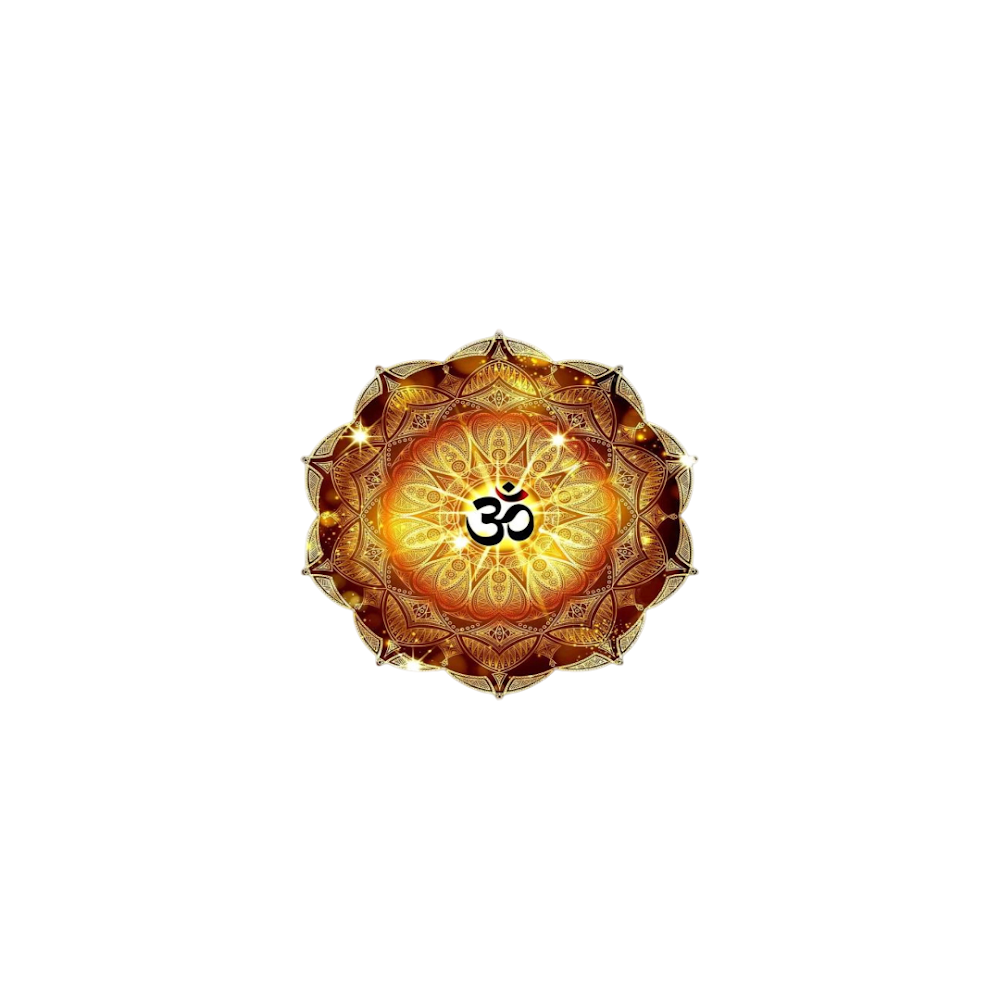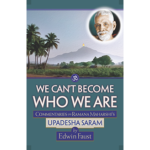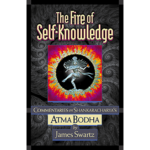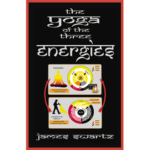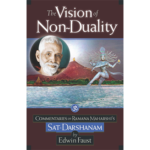Ram: Dear Deena, to answer your next question, yes, the “I” thought arises in the mind. But the “I” does not arise in the mind. The mind arises in the “I.” The “I” is awareness. Both the “I” thought and the mind are the self. That is, the “I” (apparently) becomes the mind and then the “I” thought appears in it. The “I” is a different order of reality from from the “I” thought. The “I” thought is a notion, but the “I” is jiva,pure awareness.
Or look at it this way: what a person thinks of when he or she says “I” is actually the self, but he or she does not know that the “I” is actually limitless awareness.
Deena: Is there an atma that exists as a thinking entity that knows itself to be an individual once the mind, for example, no longer exists?
Ram: Yes and no. Atma is brahman associated with a limiting adjunct. A limiting adjunct is an idea that it is limited – but the atma is not a “thinking entity.” It is pure consciousness. At the same time it is capable of thought as long as it associates with the mind. If the mind is not active the atma cannot think, as in deep sleep, since the mind is the instrument that permits thinking. You need waking or dream state duality for thought to occur.
Deena: There is perhaps one small misconception in your statement, “When all vasanas have been exhausted, the mind totally purified, ego transformed, etc., what is left? Can there still be an ‘I,’ the individual?”
Ram: If it is possible to exhaust the vasanas and purify the mind, there would have to be someone doing it. The self would not be the doer because the vasanas are not a problem for it. It sees the vasanas as awareness in action. So, to purify there needs to be a doer. When the vasanas are all purified the purifier, the individual, remains. Who practices meditation, etc? It is the self functioning as Deena, the individual, under the misunderstanding that she is impure.
But the true individual, the atma, precedes and succeeds all activities. So it is free of karma and the vasanas. Unless ignorance is functioning. When ignorance functions the “I” thought is taken to be sentient and imagines that it is a doer. Understanding the nature of the “I” eliminates the belief in oneself as impure and as a doer.
In fact, the vasanas cannot be actually purified, in the sense of being physically destroyed. The “purification” of the vasanas is only accomplished through right understanding. What is that understanding? That if there are vasanas they are already the self – and therefore are not a problem. Krishna indicates this when he says, “There is no purifier like knowledge.” Here is a paragraph I just wrote to a woman who is having trouble with her fear vasanas:
Deena: Anyway, I wonder, how can there be fear once I know the self? But there is! Definitely! It is probably because some understanding and knowledge is there, but it is not complete.
Ram: There can be fear if you “know” or “experience” the self. To “know the self,” which I call self-realization, there is a “you” and there is a self. In this stage the “you” and the self seem to be different. You still seem limited and separate, so it is possible for fear to arise. Only in non-duality is there no fear.
If you know “I am the self,” there is no fear. Nonetheless, one needn’t know “I am the self” to rid oneself of fear. One need only understand that fear is not real, meaning enduring. Or you may just take it as a kind of stimulating energy. My father had no idea of the self but he was not bothered by fear. He was a boxer and was always in danger of getting injured, but it was not a problem. He enjoyed fear. Why do you think scary movies are so popular? Fear is exciting, stimulating. In this case, the vasana is “purified” by the way it is seen. The fear remains but it has no teeth.
Assuming that an individual had purified all the vasanas, how would that person purify his or her self? You cannot actually purify yourself because you are already pure. A person who is purifying the vasanashas a problem because he or she is under the misconception that there is some connection between him or her and the vasanas. The vasanas are just vasanas. They are not good or bad – so nothing has to be done with them. What makes them seem impure is the belief that one is limited by them. So when you have purification you have somebody, an individual, doing it. When you talk of karma, you always have a doer. So how does the individual get purified? By seeing the vasanas as the self and understanding that “I am the self.” If I am the self, I am already pure. So the real purification is the knowledge “I am whole and complete.”
Deena (quoting from What Is Advaita Vedanta?): “The source of this energy, the self (which is not energy) is limitless so the energy is limitless. This is why the universe, which is just energy, is limitless.”
Swami Dayananda teaches that the self, pure consciousness, awareness, is all there is, therefore it should also be the energy (above) which you say it is not. Or do you mean that “energy is the self but self is not energy”?
Ram: Yes. The universe is the self but the self is not the universe. What is missing in maya is the conscious factor. Energy is ignorant. The self illumines energy but energy cannot know the self.
Deena: I am also under the impression that the universe is limited, finite. It has an end. Like it appears when Brahman opens his eyes and disappears when he closes them or something like that. All things, objects, are limited, have an end. So what do you really mean by the above?
Ram: This teaching about Brahman opening his eyes, etc. is just meant to indicate that the universe is dependent on Brahman – so in that sense it is limited. It is limited because it is not conscious. Only atma/brahman is conscious. You know your body/mind but the body/mind does not know you. Objects are brahman in time. The teaching that objects are limited is just meant to make the inquirer think twice about investing his or herself in them – because this part of brahman is incapable of delivering lasting satisfaction.
~ Ram
